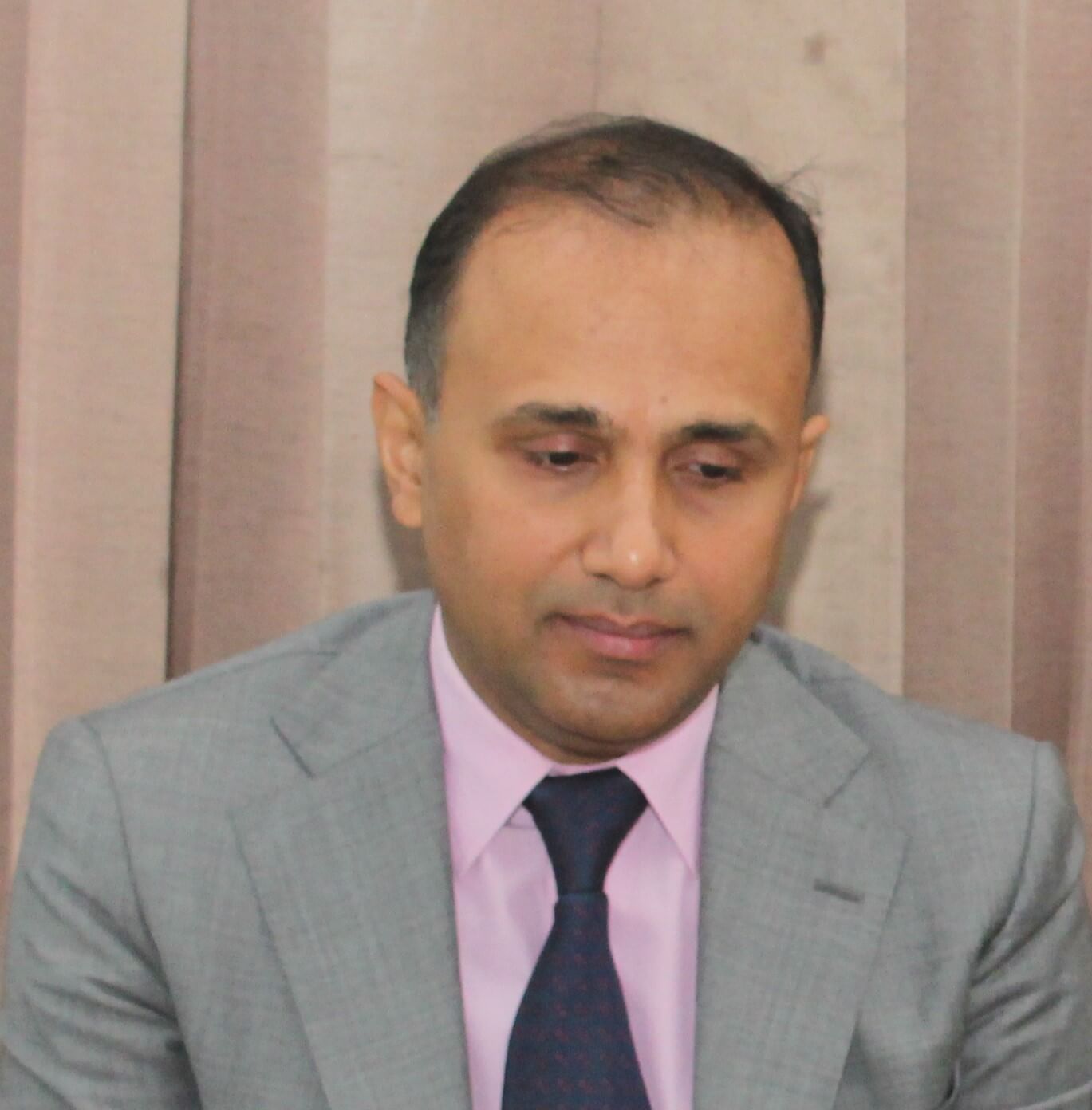A Lost War And A Lost Peace

Dr. Kumar Aniket
The author is Research Associate in Economics and Finance of the Built Environment at the Bartlett School of Construction and Project Management, UCL2009 was a consequential year for the war in Afghanistan. On June 30, 2009 Bowe Bergdahl, a soldier in the 501st Infantry Regiment of the United States Army serving in the Paktika Province of Afghanistan walked off his post and was immediately captured by the local Taliban. There are differing accounts as to why he walked off his post. What we do know for certain is that the local Taliban in Paktika Province handed him over to another group and he eventually up in the hands of the Haqqani network. His captors knew that having an American soldier as a prisoner of war gave them a significant leverage in any future negotiation with the US. The set of events that were set in motion from his capture and the US effort to get him released changed the course of the war in Afghanistan and led to the February 2020 Agreement between the United States and Taliban.
2009 was a consequential year for the war in Afghanistan for other reasons too. Two Presidents were starting a new term in 2009 in very different circumstances. The United States Army had been fighting the Taliban insurgents in Afghanistan for eight years and a decisive win continued to elude them. President Obama was starting his first term and was determined to find a way to end the wars started by the Bush administration.
2009 also saw the disputed election in Afghanistan marred with terrible violence and allegations of fraud. Even though Hamid Karzai was able to cling on to power in Kabul, he had lost the legitimacy he had gained in Afghanistan after sweeping the election in 2004. His opponent in 2009, Dr Abdullah Abdullah was destined to be the opponent on the losing side in two more disputed elections in 2014 and 2019. In each of these elections, the US and its allies had to step in and push the candidates towards a unity government. After 8 years of US investment in the terms of blood and treasure, Afghanistan remained a failed state unable to reach a consensus through its democratic process. The 2009 elections undermined the legitimacy of the government in Kabul. Afghanistan’s politics never recovered from the disputed Presidential election of 2009 and paved the way for making the Kabul government irrelevant over time in the negotiations between the US and Taliban.
While President Obama was very keen to wind down the war in Afghanistan, the military generals convinced him that a surge of troops could turn the tide and finally eradicate the Taliban for good. The US and its allies increased international force levels as part of a surge strategy. At the same time, Obama ensured that a United States Special Representative for Afghanistan and Pakistan (SRAP) was set up by the State Department to engage the various stakeholders in Afghanistan and Pakistan and create a conducive environment for the US to end its involvement in Afghanistan.
The captivity of Bowe Bergdahl presented a new complication. The US could never exit Afghanistan leaving behind a captured soldier in the hands of the enemy. Thus began the tentative effort to initiate a backchannel with the Taliban to get Bergdahl released. The start was not auspicious. For months in 2010, the US held secret talks with Mullah Akhtar Muhammad Mansour. Or at least that is what the US government representatives thought. Midway through the talks, the US government representatives discovered to their horror that they were talking to an impostor who looked nothing like Mullah Mansour. It is an intriguing story that still remains shrouded in mystery. It is quite possible that sending in an impostor may have given the Taliban plausible deniability about talking to the US. It is also possible that it is simply an embarrassing faux pas by over eager apparatchiks. The incident reflects the problem of trying to engage with a faceless, inscrutable and wily enemy (Filkins & Gall, 2010).
Since 2006 the British and American forces had been trying to displace the Taliban insurgents from Helmand and Kandahar province without any success. The Taliban had proven to be a resilient and well-coordinated fighting force with an excellent intelligence, communication and propaganda network. Taliban were good at exploiting ethnic tensions, the resentment towards foreign forces and animosity towards the inefficient and corrupt local administration to gain support in rural areas. In the process, the Taliban had been able to achieve its three objectives, i.e., to prevent the British and American forces from getting local support, marginalise the local administration and set up a parallel administration that collected taxes and followed the principles of Sharia in adjudicating disputes (Dorronsoro, 2009).
After the false start, a staccato conversation began between the US and the Taliban. Qatar played a crucial role in facilitating the talks in Doha (Grossman, 2014). The Taliban came to the table from a position of strength. In a deeply fractionalised society fraught with internecine tribal rivalry, Taliban was the only political organisation that showed a capacity to administer and govern in Afghanistan. The negotiations over Bergdahl’s release were extremely difficult and lasted for 4 long years. On May 31, 2014 Bergdahl was released in exchange for 5 Taliban prisoners from Guantanamo Bay. The The Taliban had been able to extract significant concessions from the United States for Bergdahl’s release. The Doha talks had also brought the United States face to face with its enemy on the battlefield and left a clear impression in the minds of the American negotiators that the Taliban was here to stay and needed to be factored into any peace process. In a country fraught with internecine tribal rivalry, the Taliban was the only organisation that transcended the tribal identity of its members. The talks between the US and Taliban continued in Doha for six years after Bergdahl’s release and concluded with the February 2020 agreement between the United States and the Taliban. The wording of the agreement implicitly recognises the Taliban as the de facto government in the parts of Afghanistan it controls. The agreement asks the Taliban to ensure that it “will prevent the use of the soil of Afghanistan by any group or individual against the security of the United States and its allies.” The negotiations also revealed the complicated internal structure of the Taliban.
Taliban has a hardline wing that would like to adhere strictly to Sharia law. The wing is best represented by Hibatullah Akhundzada, the current Taliban leader. Akhundzada is essentially a cleric with no military experience. He has three deputy leaders. Mullah Abdul Ghani Baradar is its chief negotiator and represents the Taliban’s relatively moderate and conciliatory wing. He was influential in convincing the Taliban to start negotiations with the United States in 2010. The other two deputies are Mullah Yaqoob, the son of Mullah Omar and Sirajuddin Haqqani, the head of the Haqqani Network. While the Taliban has evolved as an organisation in the last two decades and is largely focused on Afghanistan’s internal problems, the Haqqani network is active on the eastern border with Pakistan and has close links to Pakistan’s intelligence agencies. Bergdahl was held by the Haqqani network for a very long period and it was the Haqqani network’s reluctance to release Bergdahl that prolonged the negotiations with the United States.
The two stakeholders conspicuous by their absence in the negotiations between the US and the Taliban were the Afghan government and Pakistan. The agreement ended up creating a domino effect that undermined the legitimacy of the Afghanistan administration and paved the way for the Taliban takeover in the summer of 2021. Pakistan tried its best to create roadblocks in the negotiations between the Taliban and the US. It even arrested Mullah Abdul Ghani Baradar in 2010 to stall the talks. While Pakistan may still have some influence on the Taliban through the Haqqani networks, it is likely that its influence over the Taliban has declined over time. Taliban sees itself as the legitimate government of Afghanistan and would like to obtain official recognition from the international community . It knows that the recognition would be conditional on its adherence to human rights, its treatment of women and other minorities and its ability to ensure that it does not become a fertile ground for terror networks.
The relationship between the various terror outfits in Afghanistan remains extremely complicated. There is enmity between Taliban and Islamic State Khorasan Province (ISKP), the Afghanistan branch of ISIS, over ideology. The US forces have been able to degrade ISKP’s operational capacity but it still retains about 2000 fighters in eastern Afghanistan. US airstrikes on core Al Qaeda targets in Kandahar province in 2015 have greatly depleted its strength. Conversely, the Al Qaeda Indian Subcontinent (AQIS) has solidified its presence recently and its fighters have helped the Taliban in its military endeavours. AQIS currently lacks the ability to operate outside Afghanistan. There is a small but effective contingent of Eastern Turkistan Islamic Movement (ETIM) fighters in Northeast Afghanistan focused on fighting for an Uyghur homeland in China. Similarly, there is a small contingent of fighters from Tehrik-e-Taliban (TTP) that have regrouped in Afghanistan after they were driven out of FATA by the Pakistani army in 2014. The Haqqani network is the key organisation that liaises between the Taliban and these other small organisations. On the one hand, the Taliban has sought support from fighters by organisations like AQIS, ETIM and TTP in its takeover of Afghanistan. Yet, on the other hand, the Taliban is seeking recognition from the international community that would be strictly contingent on its adherence to human rights, its treatment of women and its ability to rein in the smaller terrorist organisations.
The future remains uncertain for Afghanistan. There is likely to be a power struggle between the moderate wing led by Mullah Abdul Ghani Baradar and the radical wing led by Sirajuddin Haqqani. If the moderate wing prevails, Afghanistan under the new Taliban regime may become a theocratic republic along the lines of Iran. If the radical wing prevails, Afghanistan would return to being an anarchic state as it was under the last Taliban regime. The only sliver of hope is that during the negotiations over Bowe Bergdahl’s release, the moderate wing was able to prevail over the radical wing.
References:
Dorronsoro, G. (2009). The Taliban's winning strategy in Afghanistan. 29.
Filkins, D., & Gall, C. (2010). Taliban leader in secret talks was an impostor. New York Times. Published on 22 Nov 2010.
Grossman, M. (2014). Talking to the Taliban 2011–2012. Prism, 4(4), 21–37.
(The author is Research Associate in Economics and Finance of the Built Environment at the Bartlett School of Construction and Project Management, UCL)









